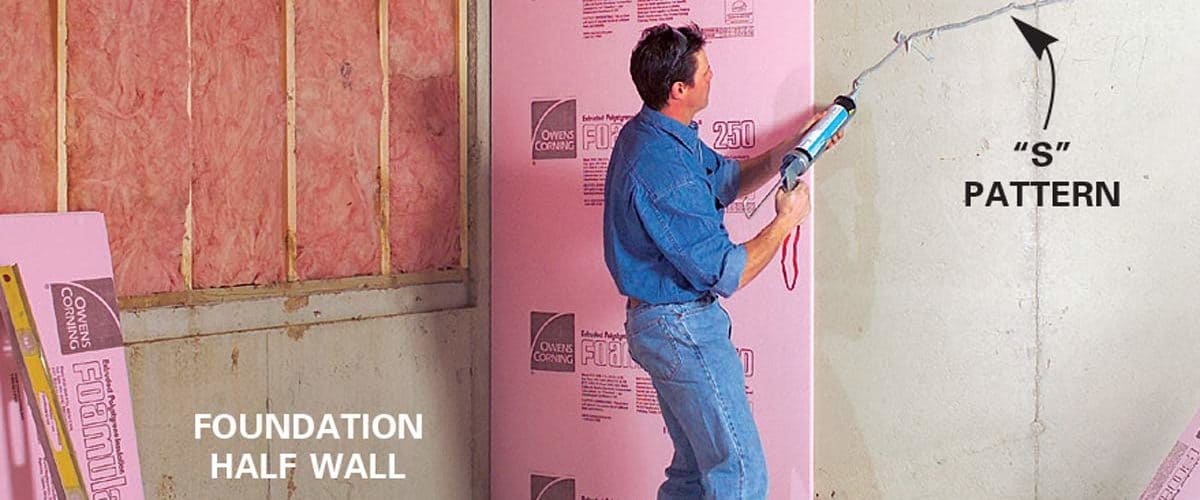With energy costs rising dramatically, it is of extreme importance that you do everything possible to reduce your energy usage. There are many ways to do this, from upgrading your windows to insulating your home. An easy way to lower your heating and cooling costs is to insulate your basement, yet you may ask yourself how do you insulate basement walls? This process is much easier than you think and there are a variety of ways to accomplish this task. It has been estimated that up to 20% of heat loss in a home is due to basement walls that are not insulated so it is easy to see how this home improvement project can help. Not only will your basement be warmer in the winter and cooler in the summer, the upper floors will also benefit from the project.
If your basement is unfinished, you can opt to go with either spray foam or rigid foam board. Spray foam has the advantage of expanding to fill any cracks or nooks in your wall and offers a high R-value, yet is best installed by professionals. Many localities require that you cover the insulation with a fireproof material so check into this before proceeding. If you have a rubble or rock foundation, this may be your best option. If you have minimal support for your insulation, you may wish to use rigid foam board. Again, this product has a high R-value and it is very thin so support is not of as much importance. Additionally, you may be required to have a fireproof material over the foam board which must be taken into consideration when deciding between the two.
For finished basements, foam boards are a popular choice if you will be covering them with sheetrock. This will save space in your room, yet they are more expensive than other styles. Another option is fiberglass bats. Not only are they easy to install for even the average do-it-yourself person, they are also very inexpensive. Yet many choose not to use this material as fibers from the bats can break loose and float around your work area. You must be properly attired when installing and this will require gloves as well as safety glasses, a dust mask and a hat. Before using either of these methods, a vapor barrier must be installed. Some fiberglass bats come with this built in or you many need to install 6-mil plastic before insulating.
When adding an area to your home or building a home for the first time, you do have another option. Insulation may be installed within the walls of your basement, but this is only feasible when the walls are being built. It is not a project that can be done easily once the room or addition is complete.
Before adding an insulation product in a basement, you will need to prepare the basement walls. Look for any bulges or cracks in the wall and correct them first. If you have signs of water or moisture damage, you must correct this also. If not, you may end up removing your insulation in the future to fix the issues then. It is best to take care of any potential problems the first time around as it will save you not only time and money. Yet don’t let this deter you from insulating your basement as your savings will be evident almost immediately.







